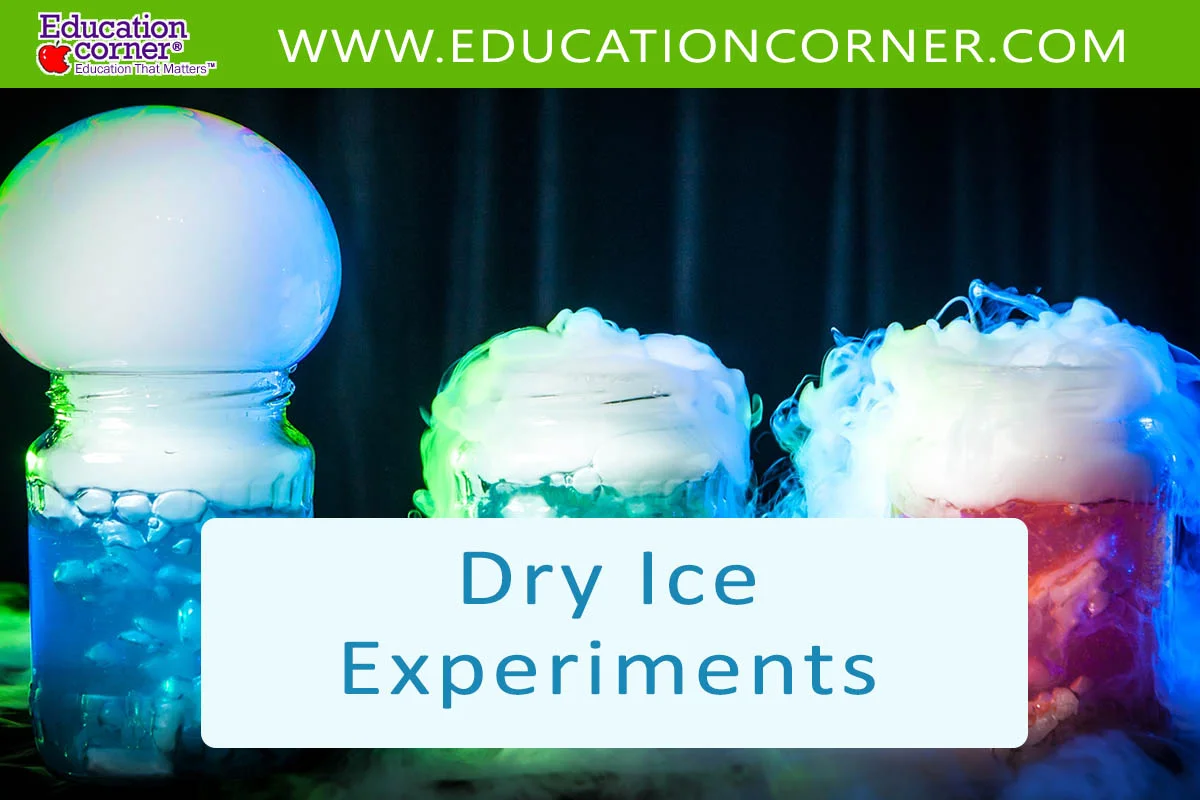Spark your scientific curiosity and amaze your senses! We have collected 15 dry ice experiments that will produce exciting effects.
These experiments are not only educational but also kid-approved, which means that they are safe, simple to carry out, and will hold the interest of kids of all ages.
Kids can have fun and satisfy their curiosity while learning about the characteristics of dry ice, such as its sublimation process, through these experiments.
These dry ice experiments are likely to be a hit, whether you’re a teacher seeking for classroom activities or a parent looking for a fun weekend project.
Remember, it’s important to remember that dry ice can be dangerous if not handled properly.
Adult supervision is necessary to ensure that all safety precautions are followed and to prevent accidents or injury. By working together and taking the necessary precautions, you can safely and responsibly conduct dry ice experiments and create an exciting learning experience for everyone involved.
Okay, now put on your safety glasses and gloves and let’s get started!
1. Mad Scientist Potion
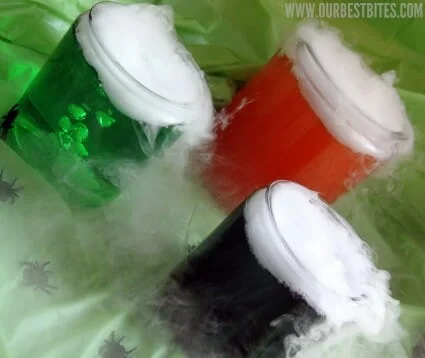
Trying Mad Scientist potion experiments can be a great way to engage children in science and encourage their curiosity and creativity. These experiments are designed to be safe and fun, allowing kids to explore scientific principles in a hands-on way that is both educational and entertaining.
Get ready to brew up some fun with this Mad Scientist potion experiment that’s both safe and exciting for kids!
Learn more: Mad Scientist Potion
2. Smoking Dragon Science with Dry Ice
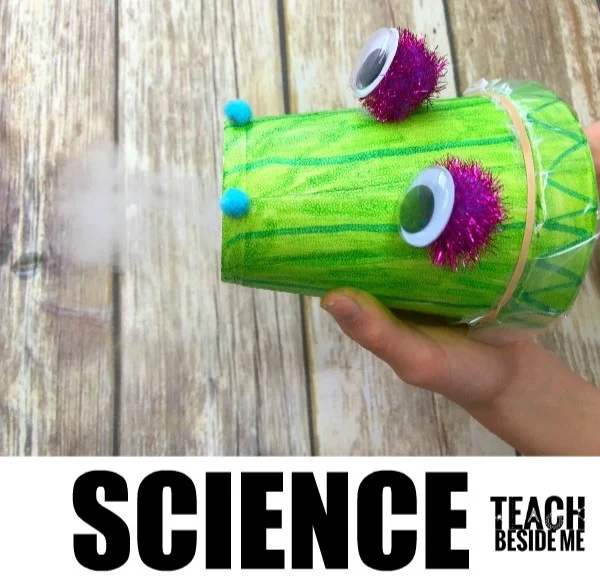
Smoking Dragon Science with Dry Ice is a fascinating and exciting way to explore the unique properties of solid carbon dioxide. With its ability to create a cool, fog-like effect, dry ice is perfect for creating the illusion of a smoking dragon.
This type of experiment is not only visually captivating but can also help teach principles of science, such as the sublimation process and states of matter. Unleash the power of the Smoking Dragon with these thrilling science experiments using Dry Ice!
Learn more: Smoking Dragon Science with Dry Ice
3. Dry Ice Rockets
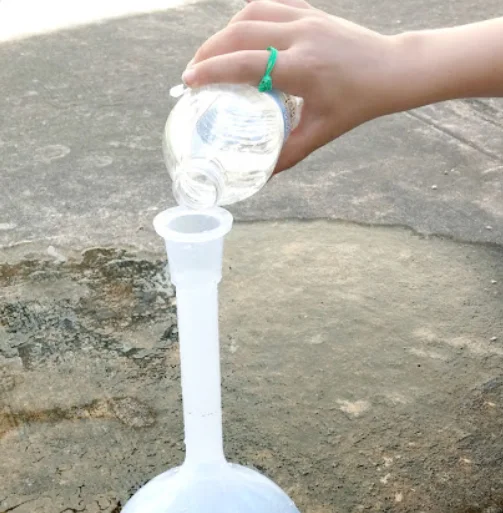
The dry ice rockets experiment is a fantastic exercise for kids since it is entertaining and educational. It is an excellent approach to teach children about chemical reactions, pressure, and sublimation in a fun and interactive way.
Learn More: Dry Ice Experiment
4. Ghostly Boo Bubbles
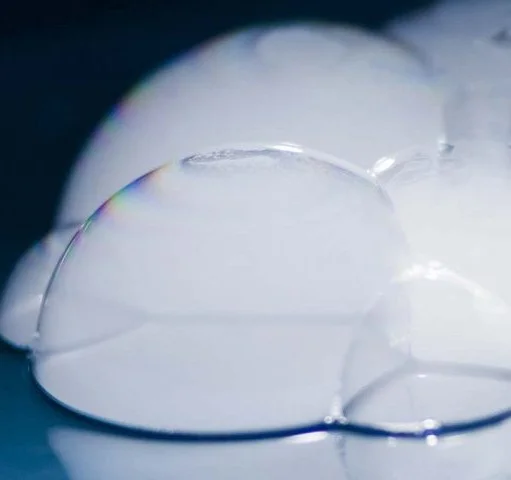
The Ghostly Boo Bubbles Experiment is an entertaining and educational game that may teach kids about scientific concepts while they are having fun. It is a fantastic approach to capture children’s curiosity and motivate them to discover what’s happening around them.
Learn more: Ghostly Boo Bubbles
5. Make Dry Ice Balloon
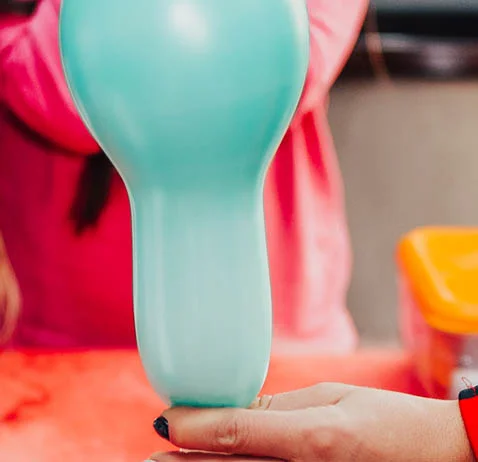
The Ice Dry Balloon experiment is a fantastic approach to show children the scientific method and emphasize the value of making observations and coming to conclusions based on data. In a science journal, they can write down their observations, place questions, and make predictions.
Learn more: How to Make Dry Ice Balloon
6. Frozen Bubbles
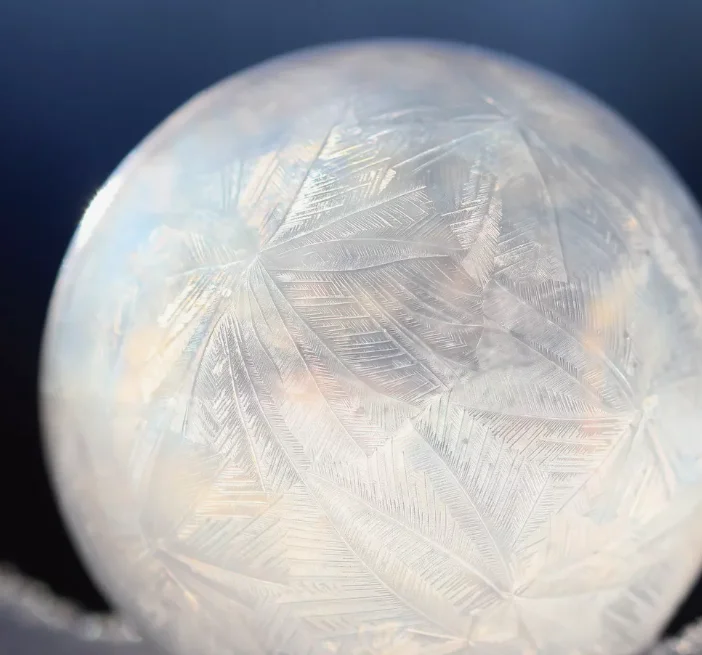
The frozen bubbles experiment is a visually spectacular technique to teach kids about scientific ideas in a playful and interesting way. It can aid in their comprehension of the characteristics of water and how they alter while freezing, as well as the mechanism of sublimation and how it relates to dry ice and other substances.
Learn more: How to Make Frozen Bubbles
7. Home Made Root Beer with Dry Ice
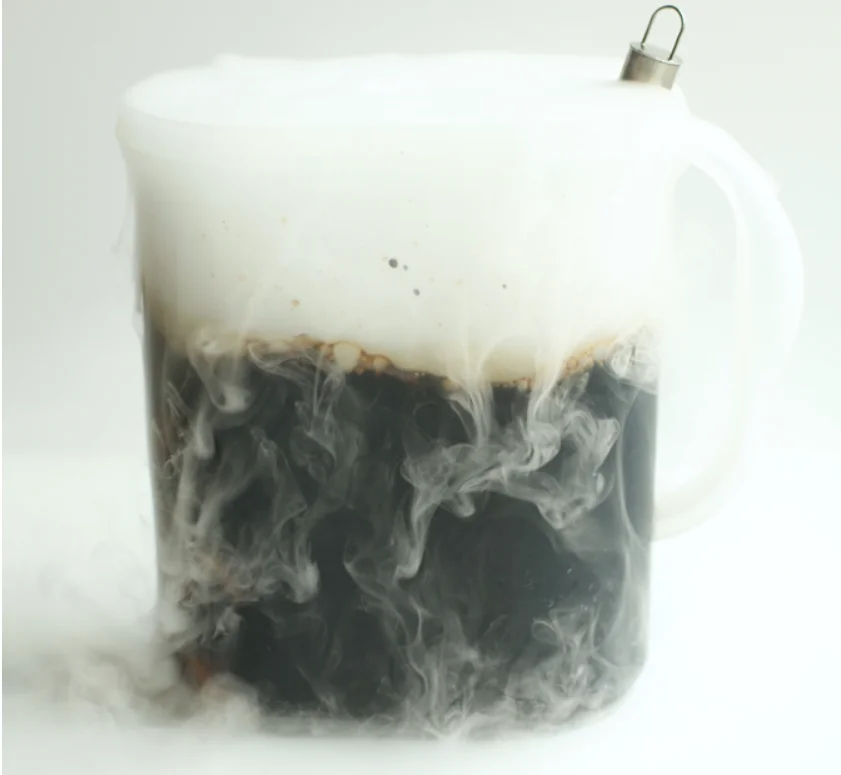
By performing this experiment, you may discover more about the characteristics of dry ice and how it turns into gas when it is exposed to room temperature. The process of fermentation, which is used to make carbonated drinks like root beer, is another topic you might explore.
Learn more: Home Made Root Beer Recipe
8. Make Ice Cream

Another excellent method to learn about the principles of phase shifts and the characteristics of dry ice is to make ice cream with it. Teaching kids about the wonders of science can be a fun and interactive experience.
Learn more: Like Magic: Make Ice Cream with Dry Ice!
9. Inflate a Balloon
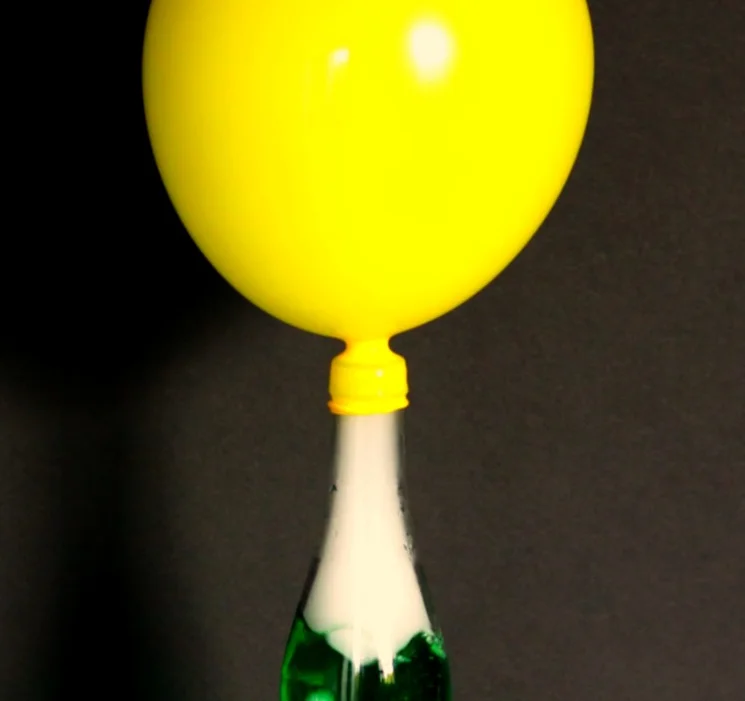
The process of inflating a balloon using dry ice can be an educational and engaging way to teach children or students about the properties of dry ice and how it sublimates from a solid to a gas.
Learn more: Inflate a Balloon
10. Dry Ice Soda Geyser
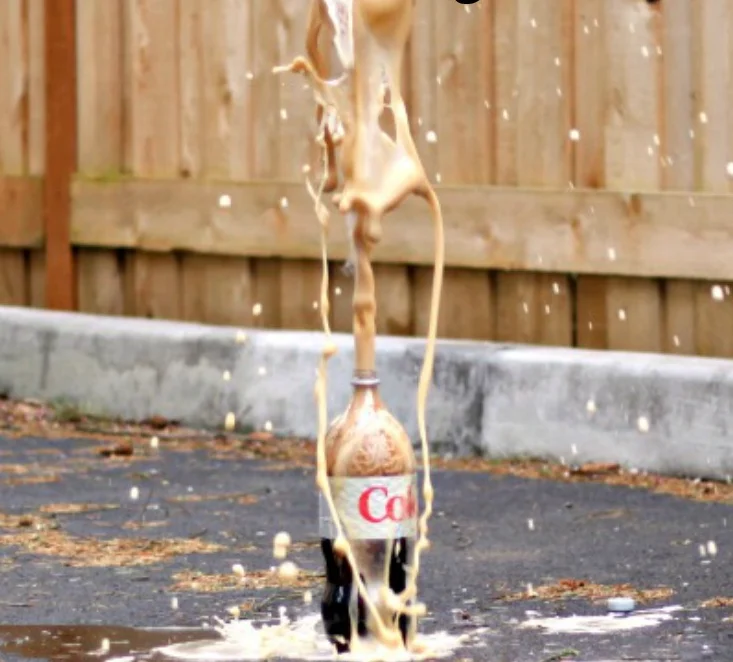
The experiment can also be an educational opportunity to learn about gas pressure and carbonation. It can help to illustrate the process of phase changes and the release of gases from carbonated beverages.
Learn more: Dry Ice Soda Geyser Experiment
11. Watermelon Dry Ice Explosion
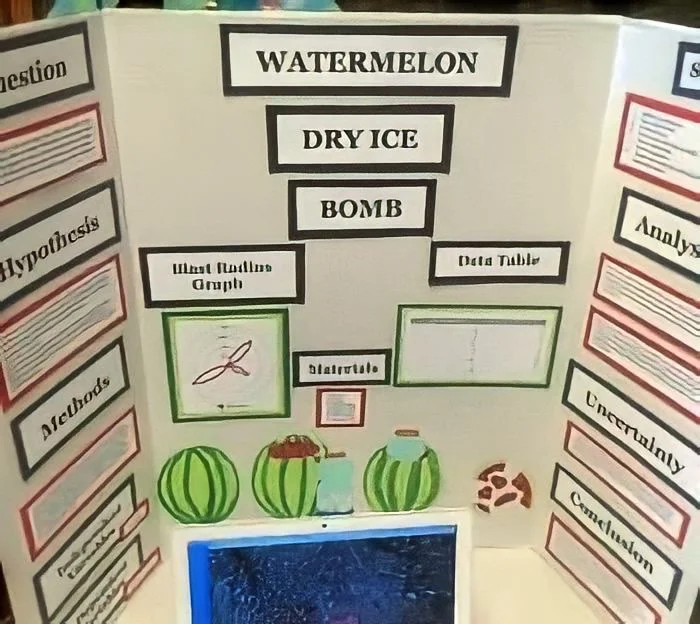
In this experiment, dry ice is combined with watermelon to create a powerful impact or explosion that will surely take your breath away.
Learn more: Watermelon Dry Ice Explosion
12. Dry Ice Color Changing Liquid
Dry ice color changing experiments can be a fun and educational activity for kids. This experiment involves adding dry ice to water mixed with a pH indicator, which changes color as the dry ice reacts with the water.
Learn more: Dry Ice Color Changing Liquid
13. Dry Ice Boat
This experiment is not only fun but also a great way to teach kids about the properties of dry ice and how it interacts with water. Concepts like buoyancy, gas pressure, and chemical reactions can be explained in an interesting and practical way.
14. Dry Ice Bubble Tower
The dry ice bubble experiment demonstrates how dry ice can go from a solid to a gas (sublimation) when it is exposed to room temperature. This is a great way to teach students about the different states of matter and how they can change from one to another.
15. Dry Ice Bomb
The dry ice bomb experiment is a popular activity that involves creating a chemical reaction using dry ice and water inside a sealed container. The reaction produces a build-up of gas pressure inside the container, leading to an explosive release of gas and a loud popping sound.

